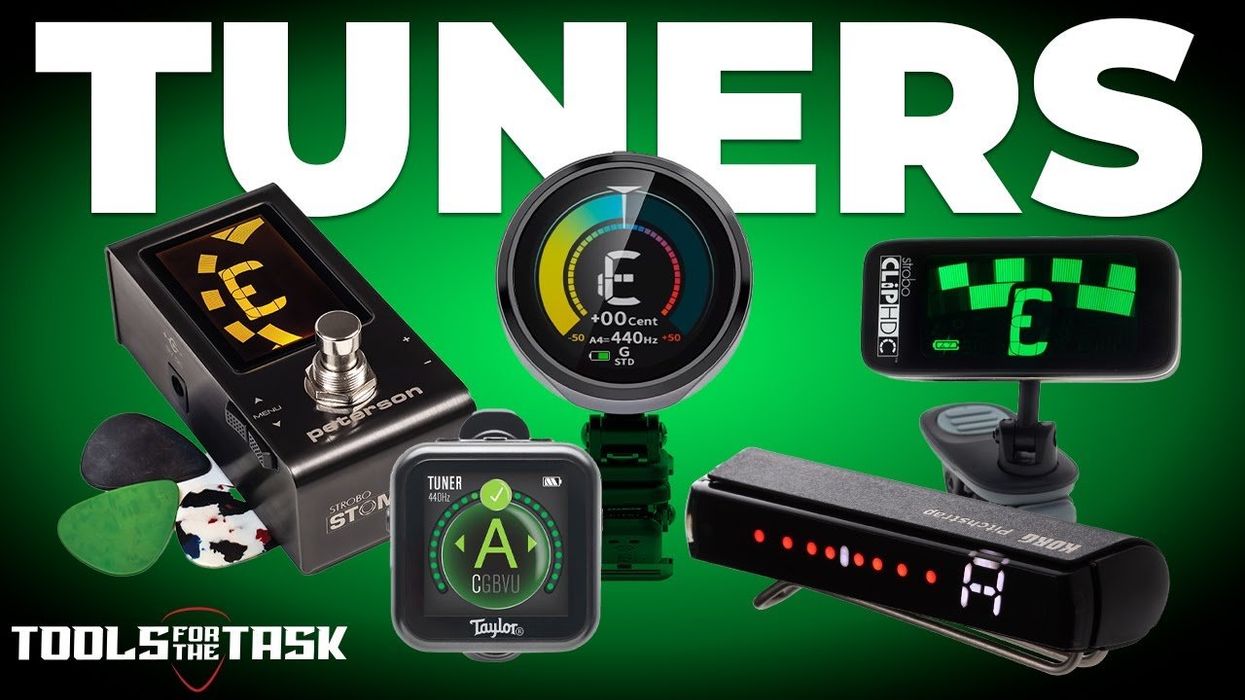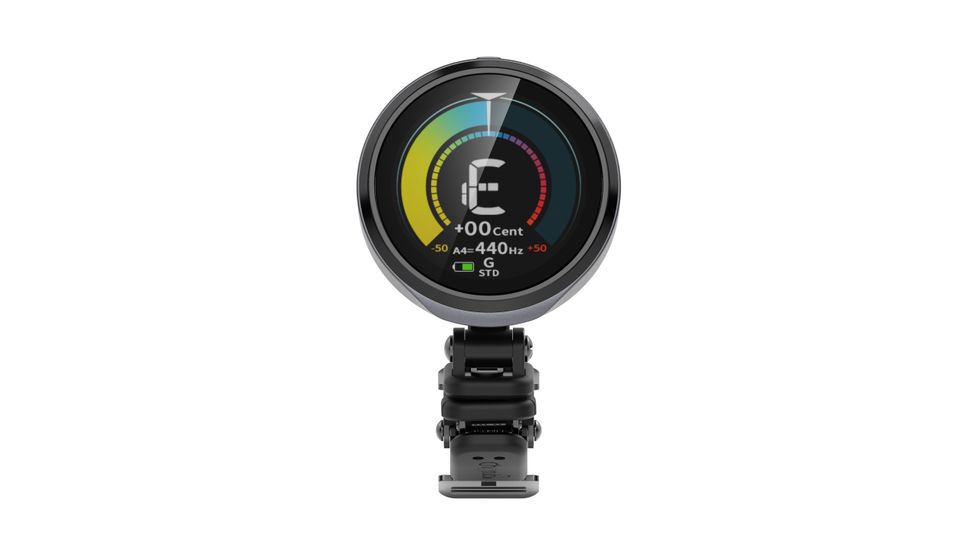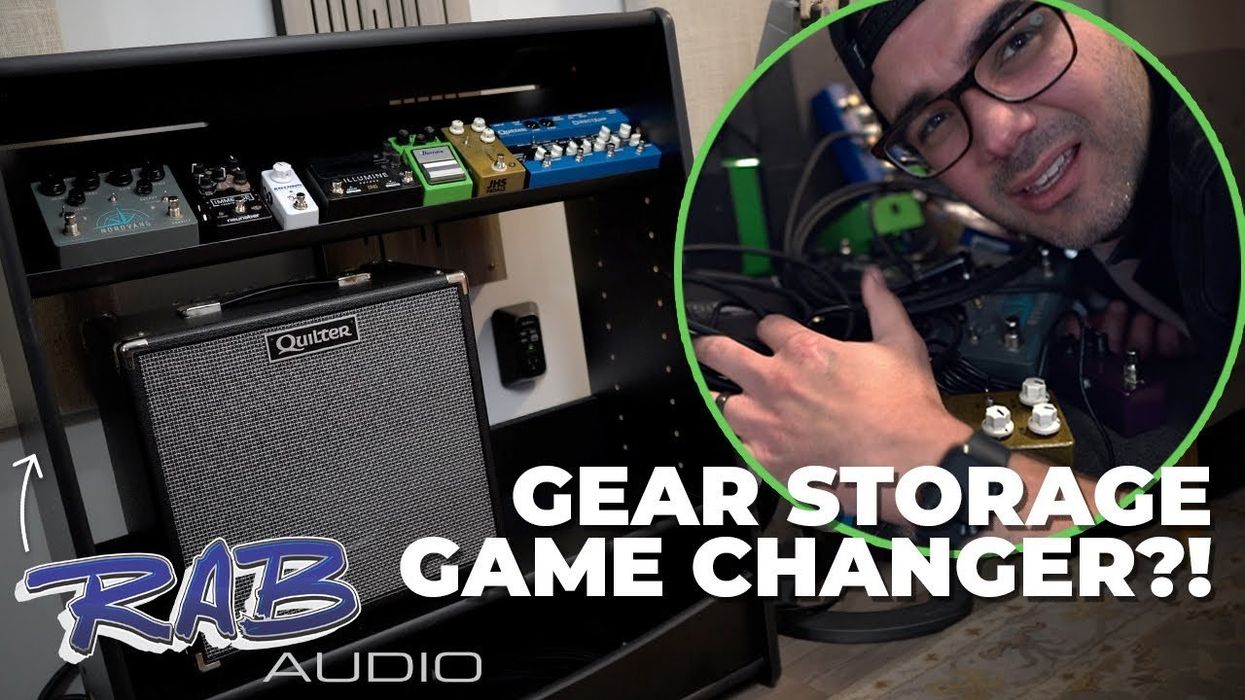| The Series Part 1: Getting Started Part 2: Strings Part 3: Compression Part 4: Pickups Part 5: EQing, at last! |
No, I keed, I keed... Let’s take a broad look at different types of pickups (common ones, not Frankenstein’s pickup), and you can take what appeals to you and move from there.
According to Lloyd Baggs (of L.R. Baggs), there are two big things to contend with; “With pickups,” he says, “there is always a tradeoff between sound and feedback.” Don’t we know it. Generally speaking, you can have lots of volume, or you can have good-to-glorious tone, but you can almost never, ever have both. If you have a really great room and a freakin’ genius at the mixing board, and an audience that is there to listen and not to get drunk and yell at each other, you might have a shot at loud and gorgeous, but how often does that happen for most of us in the real world? Not damn often enough, that’s for sure.
So, we do the best we can, and we try, sometimes in vain, to EQ the frequencies that are feeding back out without sucking the life out of the guitar. Hence, this series on EQ’ing an acoustic guitar for stage, which I hope has been useful so far. We’ve peeled a few layers of this onion, and now we’re getting to the heart of the beast: pickups and preamps.
There are a few manufacturers that have integrated pickup systems into the structure of the guitars they build, and some of those are quite remarkable. So far, my favorite of that entire category has been the Cole Clark Dual Input Acoustic Pickup (DIAP) system, which blew us away, and yes, loud and gorgeous live in perfect harmony in that guitar. Takamine is another brand famous for their outstanding electronics, and Taylor has recently introduced their stellar Expression System.
In the aftermarket world, there are two big categories to start with, Passive and Active. Active pickups require battery power because they have a preamp that sends out a hotter signal; passive pickups do not. Many passive pickups do not have enough signal to compete with a band, however there are some on the market that are pretty darn hot. I have a passive K&K Western Mini in one of my guitars and it’s an extremely hot signal. I can’t believe it’s not battery-powered. An onboard preamp is no guarantee of signal strength, either, and sometimes powered pickups can be harsh and brittle sounding. Another drawback to onboard preamps is what I have come to call “guitar gynocology:” battery changes. Depending on how quickly your preamp devours batteries, this can become a serious pain in the... hmmm, how far do I really want to take that comparison? Moving on...
As I mentioned last month, the most important thing you can do is listen. Listen to players you like and see if you can find out what their gear is. Many players have a gear list on their website, sometimes with links to manufacturers. But beware: just because a player has some kind of endorsement deal with a company, that does not mean that they actually use the gear, or that they haven’t found something they like better recently (some of us are notoriously terrible at remembering we have web sites to update). Whenever possible, ask directly. Players usually love to yak about their gear, so don’t worry about annoying anybody.
Same thing goes if you hear somebody that sounds like they pissed off the Tone-Fairy. Don’t be rude, there’s no call for, “Did your tone-deaf uncle pick out your rig?” But do ask, because you might want to steer clear of their gear. The first time I heard a Bose L1, I thought it was the most awful thing I’d ever heard; then I checked out the guy’s other gear. Cheap (and genuinely crappy) guitar with a stock pickup and a $29 vocal mic. Then I was impressed, because the Bose reproduced his sound perfectly. So listen, but investigate, too.
Magnetic and Soundhole Pickups
In the July 2009 issue of PG, Pat Smith and I did a Soundhole Pickup Roundup that offers actual opinions about the sounds of the pickups and lets you listen to sound samples through several different guitar amps. We stuck to a price range between about $140 and $300, and you can go higher or spend less, of course, but that’s a good place to start. Some of the featured pickups offer astonishingly good tone for the small investment in time, money and modification.
Under-Saddle Transducers
One of the most popular recent innovations, the under-saddle pickup is almost as non-invasive as a soundhole pickup. It takes one very small hole in the saddle channel for the thin, flexible pickup to fit through, and the usual end-pin jack work. The pickup consists of a ribbon of piezo-electric crystals, and many of these pickups come with an onboard preamp. There are several versions on the market, but three of the most popular are the Baggs Element, the Fishman Acoustic Matrix and the D-TAR Wavelength. Under-saddle transducers can sound very natural and woody, but if pushed too hard can introduce you to the dreaded piezo quack. (For the uninitiated, piezo quack is an unmistakable quacking sound in the high-mids. If you’ve heard it, you know it. There’s no other way to describe it, and it’s dreadfully annoying. If it sounds like a duck, it’s piezo quack.) Under-saddle transducers are generally pretty affordable and fairly painless to install, and with a good preamp, they’re a great option.
Contact Pickups
Ranging from pickups stuck on the top with sticky tack, to those installed inside in a more permanent fashion, these pickups are also very popular. They actually “pick up” the vibration of the top of your guitar. Some of them sound amazing. Some of them... don’t. The real advantage here is, like the soundhole pickups, you can try some of them before you buy them. The ones that need a permanent installation, like the Baggs iBeam or the K&K Western pickups, are not “previewable,” so do your research, and see if you can find somebody that has a similar guitar with one of these pickups in to listen to (not hard to do these days). If you get a passive version, you might want to add a nice preamp into your signal chain. The onboard preamps in some of the higher-end contact pickups include some pre-EQ functions that you and your guitar tech can use to dial in a good basic sound before installation is complete. If your tech isn’t willing to work with you on those settings, find another tech.
Internal Mics
Some of the most beautiful sounding pickups are internal mics, however, this is where that feedback vs. tone battle really gets ugly. Most of them you cannot turn up to compete with a band or background noise without a lot of EQ, which can really suck the life out of your tone. In concert halls, house concerts and listening rooms, they’re outstanding, but a lot of the same limitations you run up against with a good external guitar mic apply here, particularly feedback. sE makes an external mic, the GM10, that is mounted to the guitar with a hinged arm that may be the best thing I have ever heard live, and seems pretty feedback resistant. It’s not “internal,” but it is mounted on the guitar, so I’m including it here because it rocked my world. Highlander pickups are an extremely popular version of this kind of pickup, and Baggs is coming out with an internal mic system, the Anthem Tru-Mic in May 2010.
Multi-Source Systems
I have used a multi-source pickup for years, and they can be terrific. They’re usually something like an under-saddle transducer paired with an internal mic or a contact pickup. Fishman makes a soundhole pickup with a little gooseneck mounted mic, the Rare Earth Blend, that is extremely cool and sounds great. I have a Baggs iMix system in my favorite guitar and it sounds incredible every time I plug it in (Baggs pickups also offer extremely long battery life, bless them). If you need volume, you blend all the way to the under-saddle pickup (which sounds terrific, mind you), and if you want gorgeous, you start mixing in the mic or other source. They’re more expensive than passive, single source pickups, but if you gig a lot they’re well worth the investment. Some manufacturers offer multi-source systems, but many players have put together several different pickups with an onboard or external mixing preamp like the UltraSound DI Max or the D-TAR Solstice..
Preamps
If your pickup does not have an onboard pre, there are multitudes of preamps to choose from that offer a signal boost along with fidelity and sound sculpting. Some are stomp-style floor boxes, and some are rack-mounted units. It’s not hard to go nuts getting a good one, but there are affordable options that are road worthy and tried and true. We recently reviewed two hot new acoustic guitar preamps, the Fishman Aura Spectrum DI and the LR Baggs Venue DI. The D-TAR Solstice, Equinox and Mama Bear pres are compact and tone-enhancing boxes offering multi-source blending, phenomenal EQ and notch control, and pickup “neutralization” and restoration of natural body resonance, respectively. UltraSound makes the DI Max, a preamp and signal blender with EQ and tone-shaping. This is not a comprehensive list, certainly, but someplace to start. The great thing about preamps is you can try them out before you have to commit. Be sure you get one that makes sense to you; if you don’t understand it, you will never be happy with it. And I know this is not a popular thing to say, but RTFM. They write user manuals for a reason, y’all.
Next month, EQing your acoustic guitar for stage!






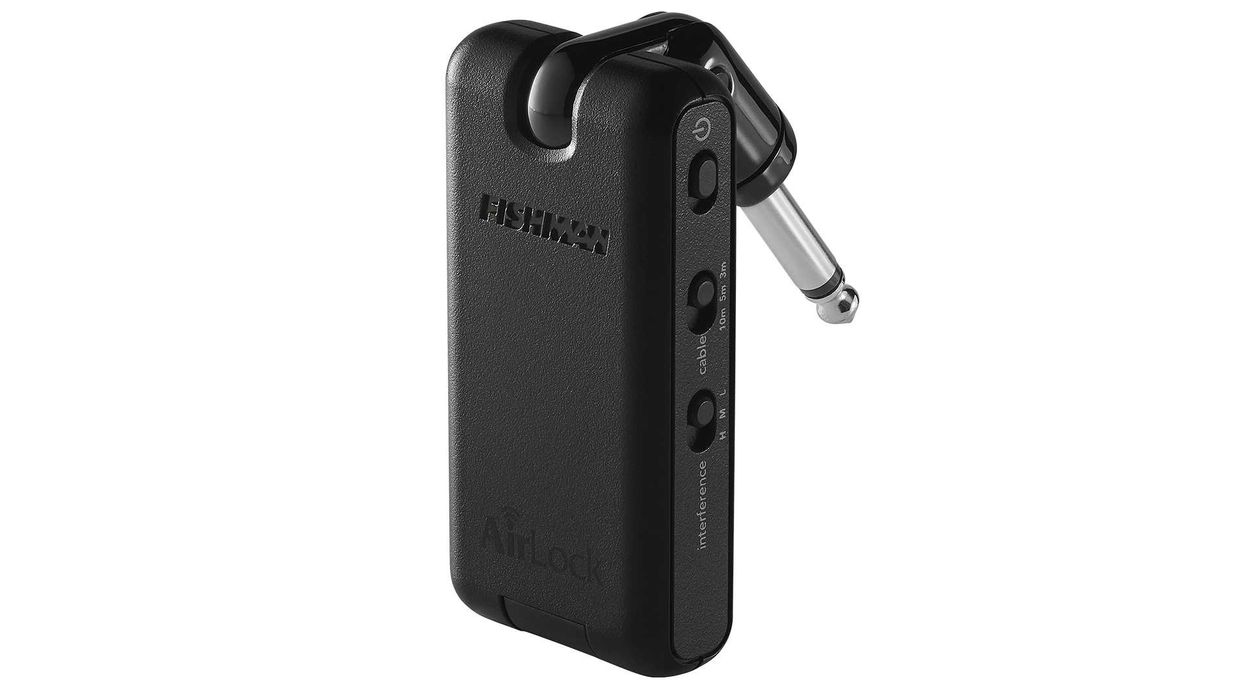
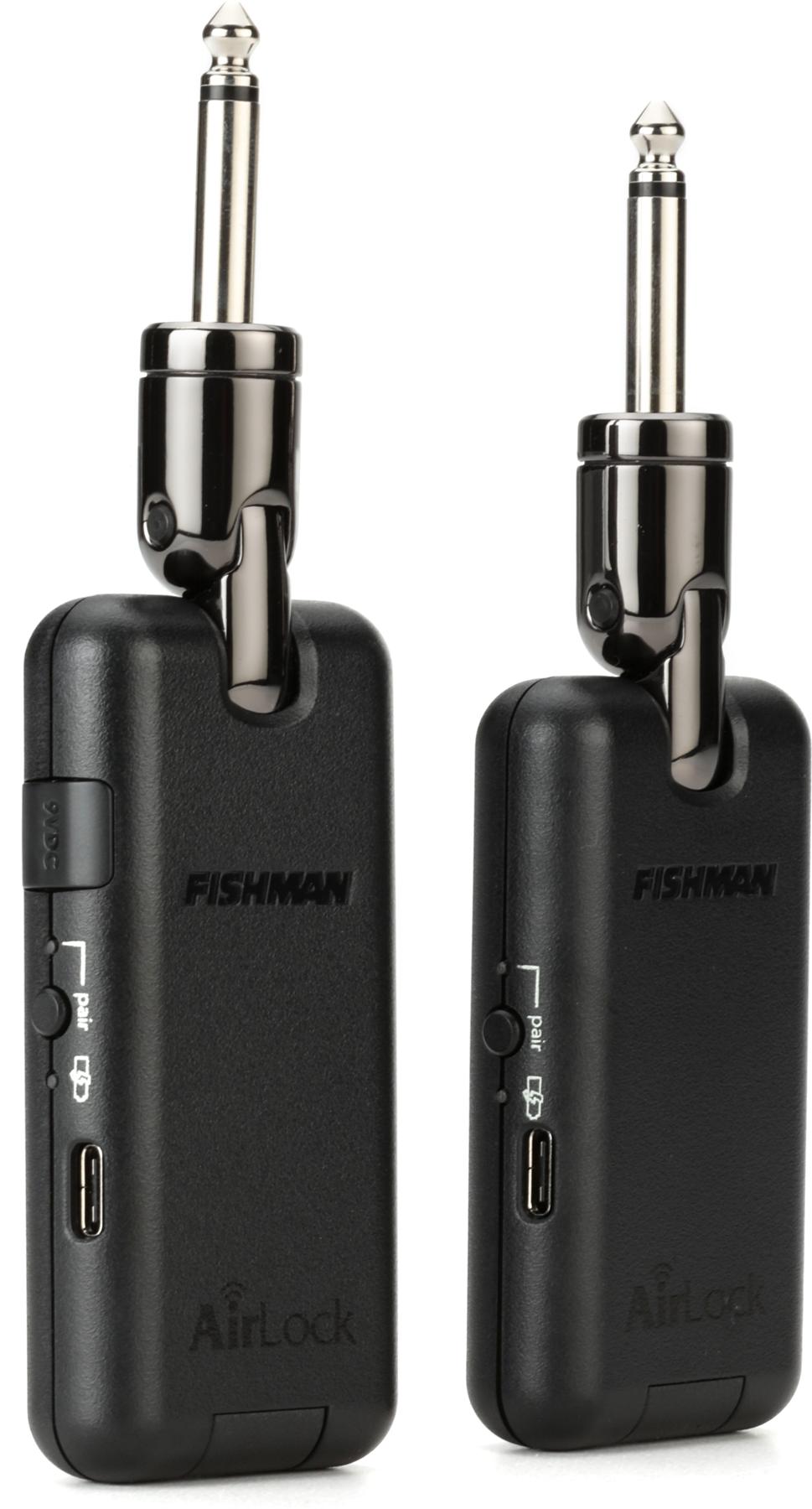

![Rig Rundown: Russian Circles’ Mike Sullivan [2025]](https://www.premierguitar.com/media-library/youtube.jpg?id=62303631&width=1245&height=700&quality=70&coordinates=0%2C0%2C0%2C0)



![Rig Rundown: AFI [2025]](https://www.premierguitar.com/media-library/youtube.jpg?id=62064741&width=1245&height=700&quality=70&coordinates=0%2C0%2C0%2C0)
